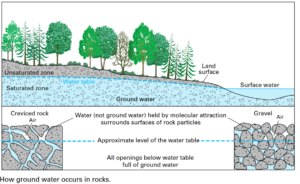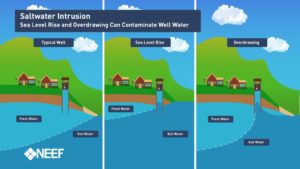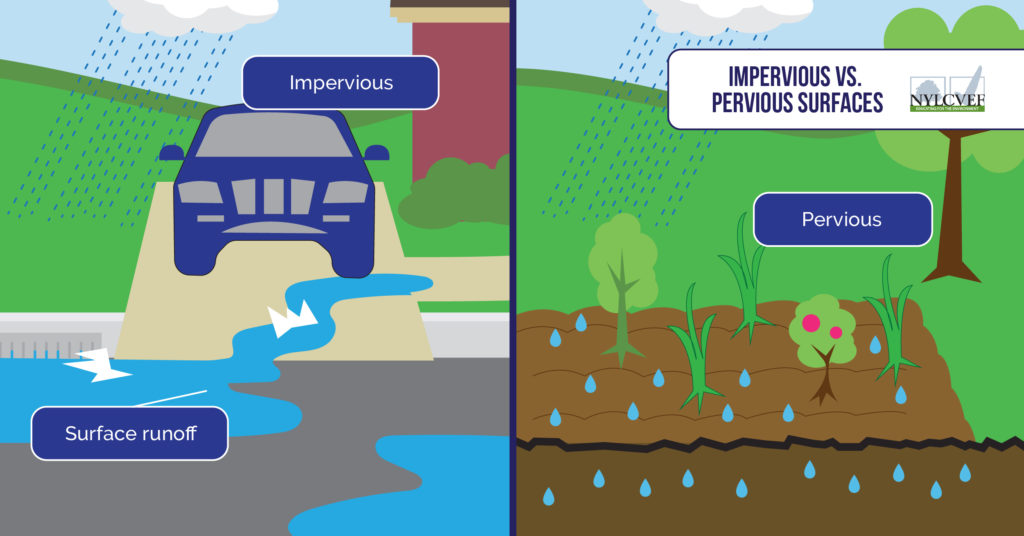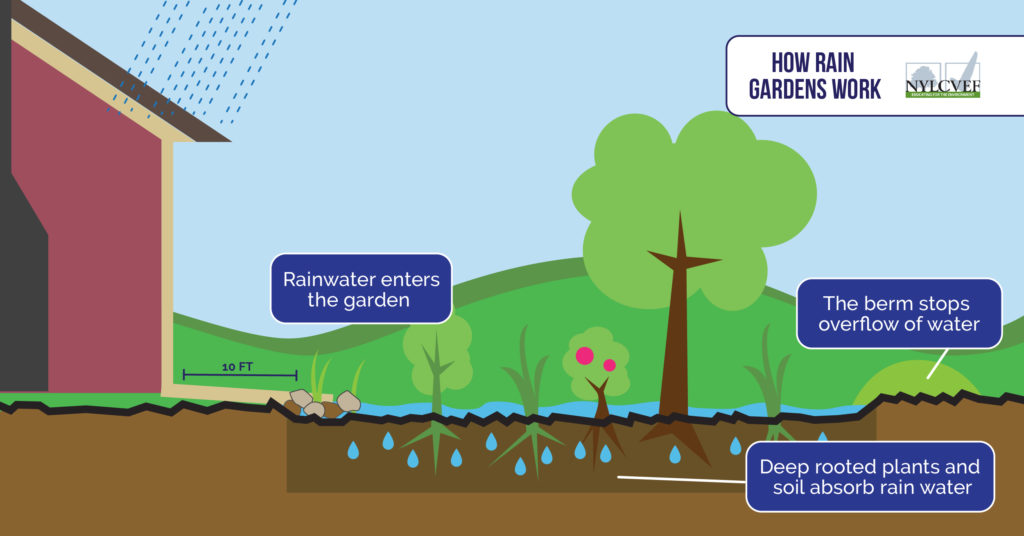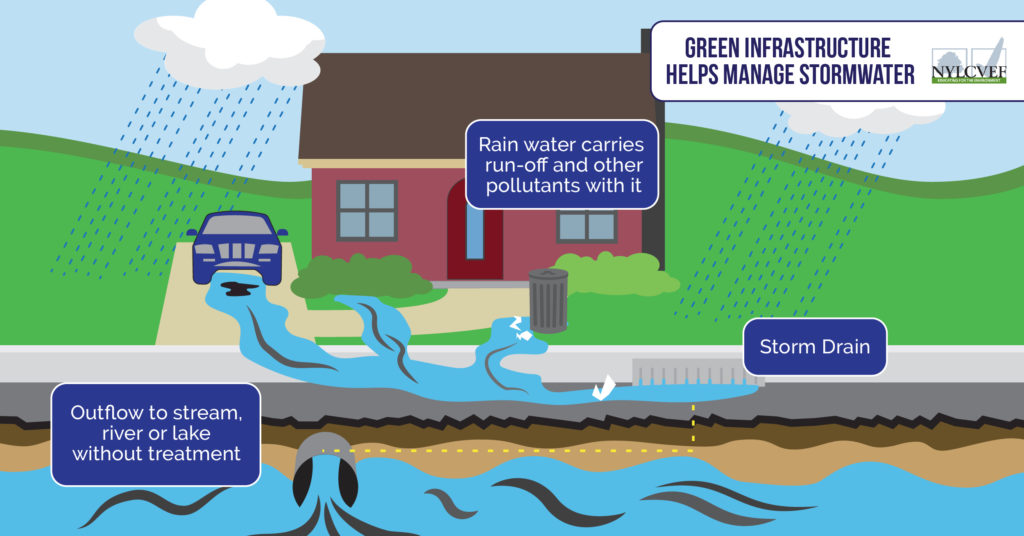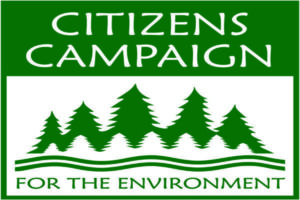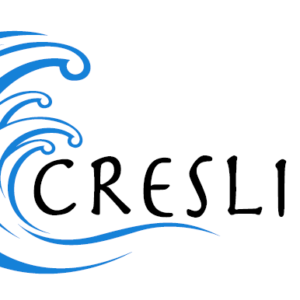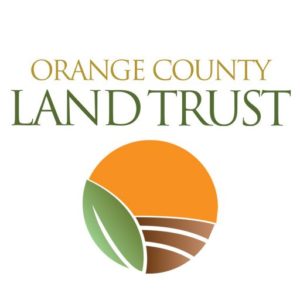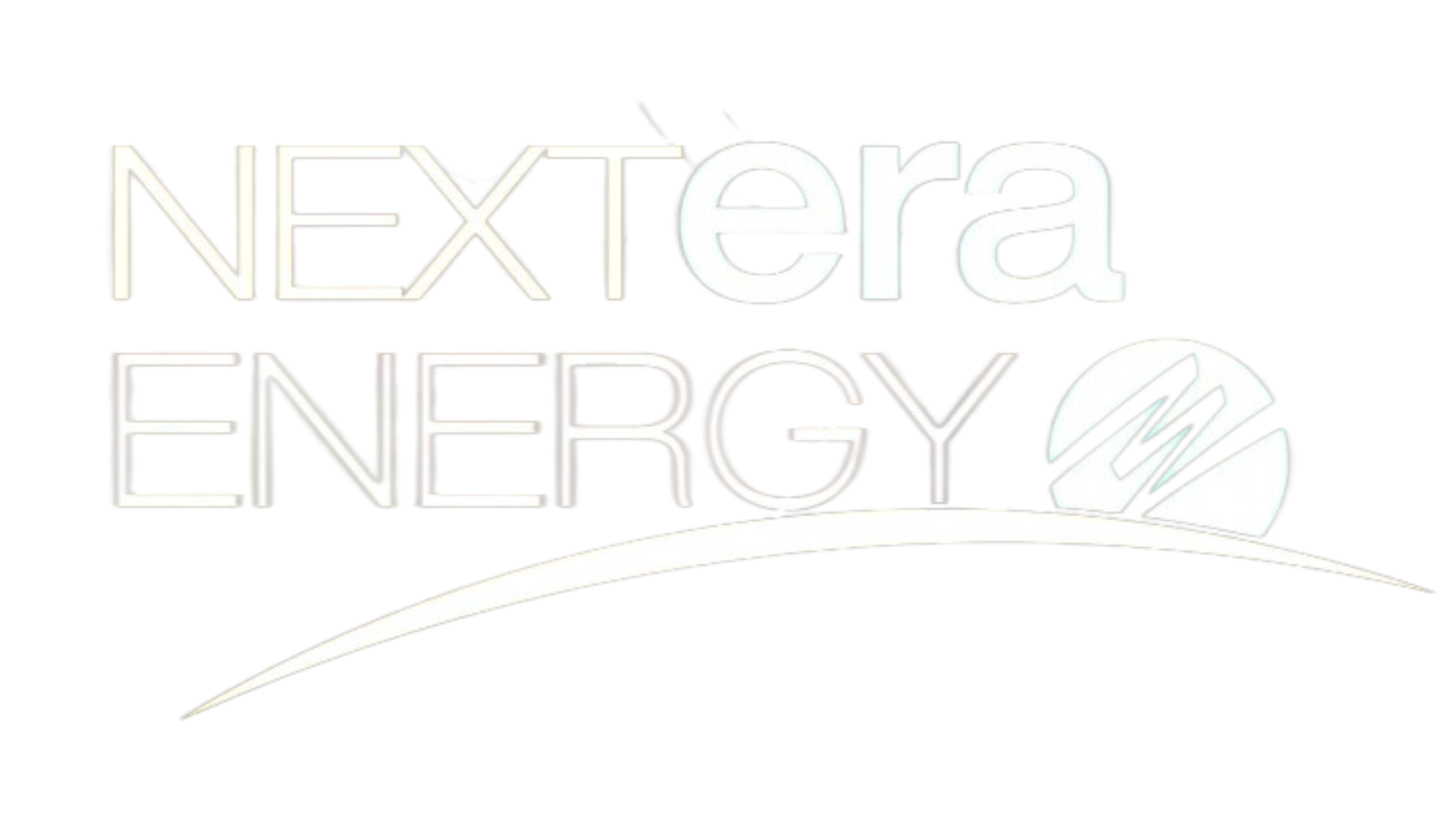Improving Long Island’s Water Quality at Home
Nitrogen pollution is the biggest water quality issue on Long Island for both surface and groundwater. Nitrogen comes from wastewater, fertilizer, and stormwater runoff. Not only does it leach into groundwater and can contaminate drinking water, nitrogen flows toward surface waters and often causes harmful algal (plant) blooms due to excess nutrients. Algal blooms usually lead to fish kills and impact boating, swimming, fishing, and shellfishing. Some algae are poisonous for people, too. For information about initiatives to reduce nitrogen pollution on Long Island, click here.
The opportunity to protect Long Island’s water quality begins at home. There are plenty of ways to not only protect, but to improve water quality and reduce nitrogen pollution with a few simple practices and upgrades. If every Long Islander implemented at least one of these changes, the results would be incredible!
Septic Upgrades
In non-sewered areas, a cesspool or septic system is where your liquid household sanitary waste goes (i.e, toilets, sinks, dishwashers, and washing machines). Cesspools and septic systems have been identified by local health departments as the leading cause of nitrogen pollution in our waterways. Excess nitrogen leached into water bodies causes eutrophication, an overgrowth of algae and plants which deprives the ecosystem of oxygen and emits carbon dioxide. In extreme cases, it leads to toxic algae blooms which can cause large scale fish kills, restrictions on shellfishing, and beach closures. To improve water quality on Long Island, nitrogen pollution needs to be stopped at the source.
While cesspools and outdated septic systems are not equipped to handle nitrogen, the new Innovative and Alternative Onsite Wastewater Treatment Systems (I/A OWTS) remove nitrogen before discharging wastewater into the ground. Suffolk County has encouraged homeowners to upgrade to the new I/A OWTS through its Septic Improvement Program, especially residents living close to a lake, stream or the shoreline, as illustrated on this map.
Under the Reclaim Our Water Septic Improvement Program, homeowners who would like to upgrade their septic system to a I/A OWTS are eligible for a grant up to $30,000 from Suffolk County and New York State to offset the cost of upgrading. Additionally, low interest rates are available to cover the remaining cost.
Well-maintained, up to date septic systems are essential for the safety of Long Island’s drinking water and the health of its ecosystems. We encourage Suffolk County residents not to wait until their current cesspool or septic systems fails which can be expensive (and gross). New laws are in effect that are more protective of the environment, so be in the know before it happens to you. More funding will be available next year, and residents are encouraged to submit an application to get the process started as soon as possible.
Check out the interview transcript below with Long Island resident and Septic Improvement Program grant recipient, Jim Fogarty.
Interview with Long Island Resident and Septic Improvement Program grant recipient, Sara Davison of East Hampton, NY
1) When did you upgrade your septic system?
I started the process in October 2019 and the final sign off by the Suffolk County Health Department was received in January 2021. It might have been a little faster, but I didn’t always stay right on top of the paperwork.
2) Why did you upgrade your septic system?
I live just outside of the 2-year travel time of 3-Mile Harbor and wanted to help improve the water quality in that impaired water body where I enjoy canoeing. Most importantly, I work on water quality issues and spend a fair amount of time trying to convince homeowners to upgrade their septic systems. I figured if I did it myself it would help me to better explain the process and certainly increase my credibility!
3) What was the process like through the SIP program?
There’s no question there is a fair amount of paperwork! I applied and received grants from the New York State and Suffolk County SIPs and a grant from the Town of East Hampton Incentive Grant. I found the County to be very responsive and the Town was just amazing—helpful and very fast turnaround. Every site is a little different. In my case, I had pretty steep slopes and needed to also build a retaining wall to hold the Fuji tank in place. This added to the cost, which luckily the Town covered.
4) What advice would you give folks interested in upgrading through the SIP program?
Even though it’s time consuming, the environmental benefit is worth it. They dig a big hole in your yard, but it gets filled back up. Now I have some new landscaping challenges which will be fun to tackle.
5) Have you noticed improvements to the water quality?
It’s really too early to tell
Interview with Long Island resident and Septic Improvement Program grant recipient, Jim Fogarty of Remsenburg, NY
1) When did you upgrade your septic system?
In August 2017 I saw something in the paper about it and I contacted my local legislature. They introduced me to the right people at Suffolk county. I spoke to Justin Jobin briefly and he introduced me to the system. I was in a compromised area, a veteran, and they picked me to do it.
2) Why did you upgrade your septic system?
I think a big part of my decision to upgrade was reading all the articles from local newspapers about nitrogen pollution. I started to see it down by the bay, because I’m a block away from the water. You could see the brown water. When I’d go to the bay and swim there… I noticed all the seaweed was dead. As a Vietnam War veteran, I wasn’t the “greenest person” but now later in life I wanted to give back. I figured upgrading my septic system was the way I’d do it.
3) What was the process like through the Septic Improvement Program (SIP)?
To me it was very easy. If I had the SIP the way it is today, it would be even easier today. It was really really really easy. It has improved considerably from 2017. When in doubt, I deferred back to the contact person for the program if I didn’t see an answer to my issue back on the website or in the paperwork. When I got into the process, if I didn’t understand the vendor or equipment processes, I would defer back to Suffolk County if I didn’t feel comfortable with the vendor or distributor’s answer. The process went on from August-November. Looking at today’s information, I probably would be able to do it in a month. To be honest, I took my time with the paperwork.
In 2017, I got $15,000 and was willing to pick up the excess. Now, there’s more money available. The Town of Southampton actually gave me an additional rebate after the process was completed.
The SIP provided me with a list of distributors and product offerings. The actual installation took one day: they pulled out the old cesspool, put in three containers and hooked them up to a leaching field (bunch of tanks) in the ground. When they’re done, they leave you with a raked down piece of property, which is seeded again. If you had an irrigation system and it was pulled out, your landscaper could rebury the hose. The way I got the property back was better than I expected to get the property back.
After installation, I was given a warranty good for 3-5 years. After that runs out I will pay for the maintenance contract. For $400 a year, I’m paying for healthy water. It’s just like with other AC or heating systems, it’s a price for running a home. There was never any deception about these costs, I was informed ahead of time.
4) What advice would you give to folks interested in upgrading through the SIP?
What I would do is not let price dictate any decisions. I wouldn’t go for the low cost provider in each case. You can choose different types of equipment. My personal opinion, if I got involved again, I would ask Suffolk County which vendor has done this the longest and I would choose someone who’s been doing this for a while.
5) Have you noticed improvements to the water quality in the bay?
Yes, but I can’t attest that to me entirely. I go down and look at Dune Road and the water looks cleaner to me! I’m also happy to hear about the recent legislation that makes it so that new developments need to have an upgraded septic system.
I didn’t want to leave a run down house for my children. At least I’m leaving my children a house with a decent cesspool.
Visit the following sites for more information about septics and nitrogen pollution on Long Island:
- Suffolk County Government- Reclaim Our Water
- Citizens Campaign for the Environment
- Nassau County Soil & Water Conservation District
Yard Stewardship
Lawns and gardens are certainly aesthetically pleasing, but upkeep can be a major culprit of nitrogen pollution. Fortunately, there are ways to keep your lawn and garden looking great while protecting Long Island’s water quality:
- Plant natives that do not need excess watering or fertilizing.
- Use drought-resistant plants and flowers.
- Install a rain barrel or rain garden.
- Use low-nutrient fertilizer or compost.
- As per Local Law 41-2007, Suffolk County residents cannot apply soil between November 1st and April 1st each year.
- As per Local Law 11-2009, Nassau County residents cannot apply fertilizer between November 15th and April 1st each year.
- Plant microclover for your lawn instead of grass.
- Apply mulch to reduce evaporation from soil.
- Aerate your lawn with holes for better drainage and less run-off.
Visit the following sites for information on yard stewardship programs and initiatives on Long Island:
- Save the Great South Bay- Bay Friendly Yards
- Peconic Estuary Partnership- Peconic Friendly Yard
- LI Native Plant Initiative- Native Plant Fact Sheets
Conserving Water on Long Island
Residents on Long Island rely on an underground aquifer system for their freshwater needs. Groundwater is pumped up to the surface and gets replenished by precipitation and snowmelt that seeps through the ground.
Residents in Nassau and Suffolk counties need to be especially mindful of their water usage. Coastal aquifers are susceptible to saltwater intrusion when freshwater is pumped from the aquifer at a faster rate than it’s replenished. If there is not enough fresh water in the aquifer to prevent saltwater from encroaching, salt water can contaminate freshwater wells.
Reducing the amount of water that’s pumped from the aquifer begins at the tap. Long Islander’s have a great opportunity to reduce water usage at home.
Here are some ways to conserve water at home:
- Install a toilet tank bank or make your own to save water with every flush!
- Only run the dishwasher or washing machine with a full load.
- Add an aerator to faucets or replace fixtures and shower heads with EPA WaterSense labeled ones.
- Upgrade appliances to a water-saving version.
- Take showers and reduce your shower time (make a shower playlist to keep track of the time!)
- Check for and repair any leaks in your home. Learn to read your water meter to better detect leaks.
- Turn off the water when brushing your teeth or soaping up dishes when washing by hand.
- Check the weather before watering your lawn, and only water during early morning or night time to reduce evaporation.
- Sweep your patio/driveway and use a watering can for the garden instead of using a hose.
Visit the following sites for more information about water conservation on Long Island:

